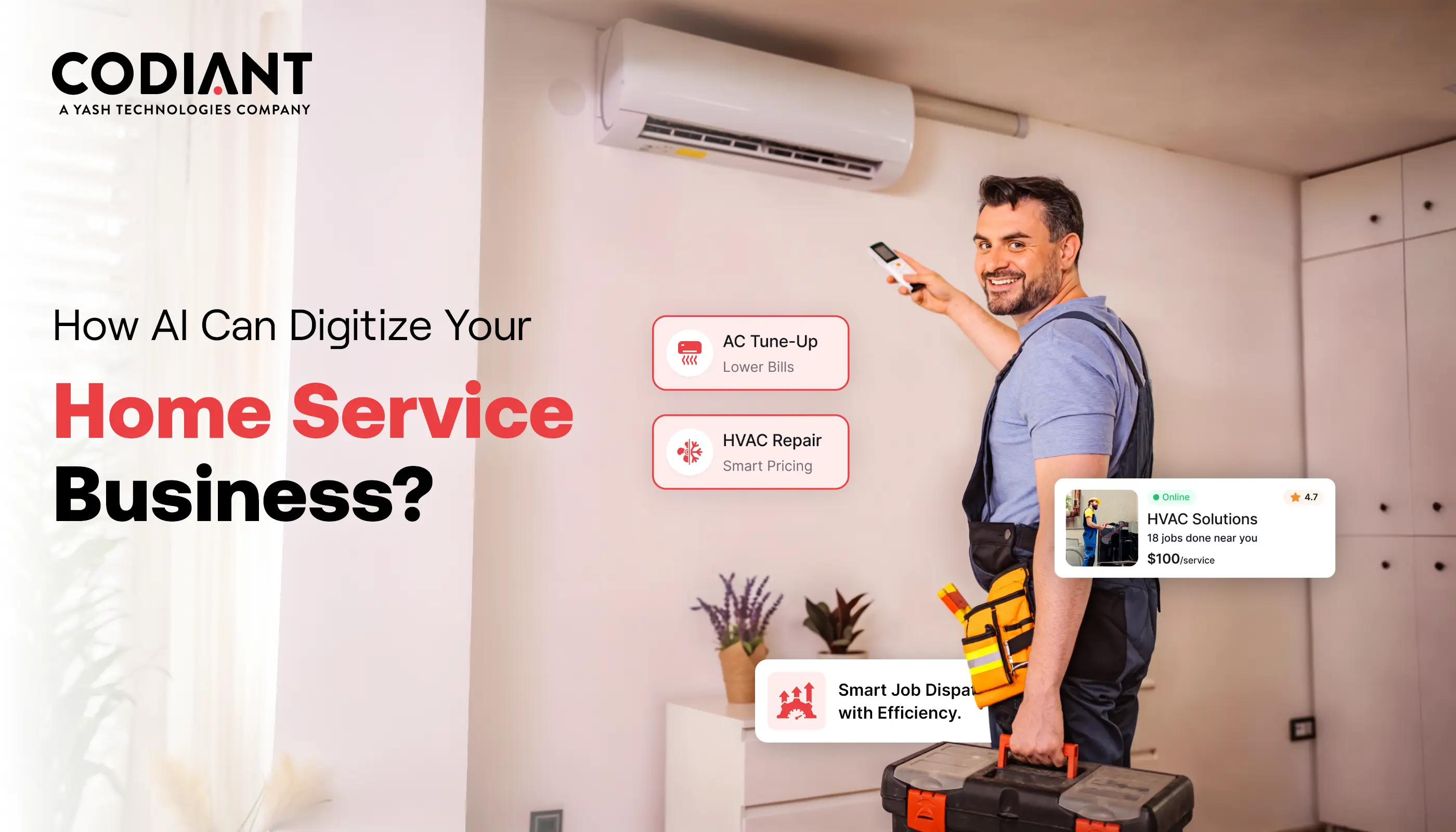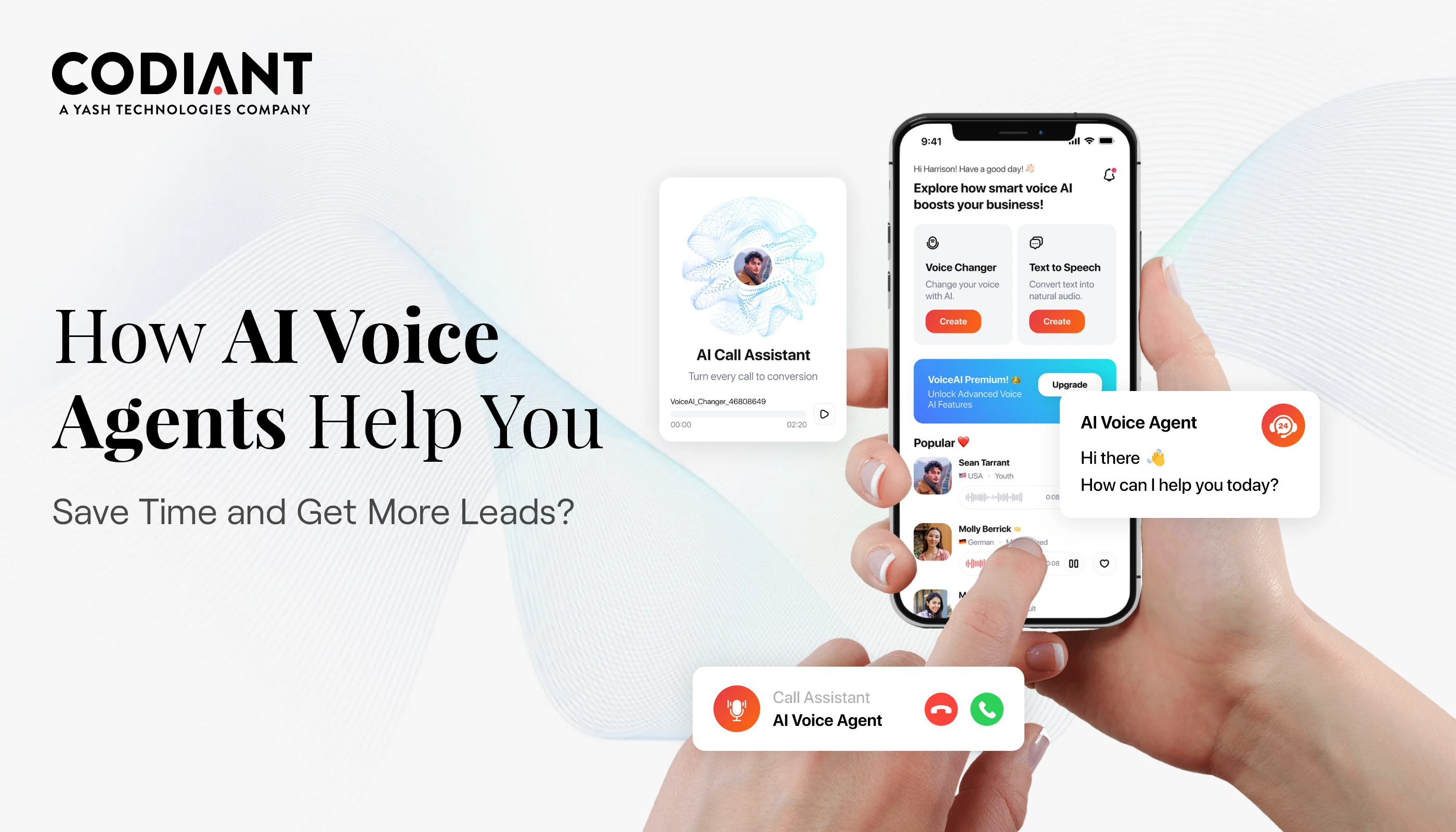App Development for Startups: A Comprehensive Guide
Table of Contents
Subscribe To Our Newsletter

Apps these days are a prodigious thing, even though millions of apps are available in the market. Still, we crave more because they are never enough.
A pivotal reason is that nowadays, the entire world lives online or resides digitally. Therefore, business owners are pursuing to take their businesses online using mobile apps.
Mobile apps have taken top brands to a different level. However, this wasn’t possible overnight, brands like Netflix, Amazon, Walmart, and few others have consistently worked hard to earn the position.
There was a time when these top brands were also a startup. But, by overcoming all the hurdles these brands have engaged their audience very well, and their increasing popularity is proof. The main reason behind these mobile app’s popularity is robustness, scalability, and efficiency.
Mobile apps work as a substantial tool for start-ups to reach a wider audience by providing innovative services. Today, we will give a comprehensive guide to mobile app development for startups.
After reading this blog, you will get a clear picture in the mind of the mobile app development process, challenges, and strategies for startups to do better.

How can startups succeed in mobile app development?
Startups can succeed in the mobile app development space if they first identify the problem they want to solve, carry out in-depth market research, put together a talented team, design the product with the user in mind, and create a Minimum Viable Product (MVP). For long-term success, meticulous testing, smart marketing, and post-launch upkeep are essential. The app complexity, design, features, and development location are some of the variables that affect the estimated cost.
Understanding the problem allows the startup to build the application in a more focused and efficient manner. By knowing the problem, the startup can prioritize the development of features and functionalities that directly address the problem, rather than wasting resources on unnecessary or irrelevant elements.
This targeted development approach ensures that the app provides a valuable solution to users, leading to a higher likelihood of success.
Knowing the problem is crucial for guaranteeing a successful application because it ensures that the app is built with a specific purpose and addresses the needs of the target users. By understanding the problem, the startup can align its development efforts to create a solution that effectively solves the problem.
This targeted approach increases the chances of user satisfaction, adoption, and the overall success of the application.
Building a successful digital product starts with understanding what users truly struggle with. Before creating any solution, a startup must dive deep into real user behavior, research their challenges, and analyze the gaps they face in existing options. This insight-driven approach helps shape a product that delivers real value instead of assumptions. Whether developing a mobile app or exploring web application development services, aligning the product with actual user needs leads to stronger adoption, better engagement, and long-term market success.
Read: Best Mobile App Development Trends For 2023
Mobile App Development Challenges for Startups
Startups face several challenges in developing mobile applications. Therefore, it’s not a simple task to create an app to take over the market. Here are some common challenges that most of the startups encounter:
An Overcrowded Market
As you know, there is an app for everything, people prefer to purchase, sell, and interact online to save money and time. That is why the market has been overcrowded with millions of mobile apps to fulfill customer’s needs.
Similarly, one of the biggest challenges for a startup is to create an ultimate mobile app that stands out from others. However, once it reaches the target audience successfully, it will be able to deal with this challenge.
Availability of Funds
Another big challenge for a startup is managing its costs. The average building cost for an app is around $20,000 to $200,000, it’s a huge amount. Big corporations have enough funds to create hundreds of mobile apps for a startup. However, startups have talent and passion but lack funding.
Therefore, it is crucial to have a planned strategy or backup plan for the apps’ funding. There are ways to get funding from investors, partners, or lenders who can provide the needed money. Also, online platforms like Appbackr and Kickstarter can provide opportunities to collect funds for app development.
Navigation Ability
The quality of a successful app is that it should be easy to navigate. It may happen that what a developer finds simple, many users don’t experience the same. This can lead to a negative impact from the users’ side.
The trick to overcome this challenge is to be as simple as possible. However, using previously used patterns with which the users are already acquainted is not a bad option. In addition, using icons and thumbnails will ease navigation for the users.
Compatibility on Different Devices
Being a startup, one may encounter the challenge of ensuring that the app is compatible with every device. Such as smartphones, tablets, laptops, and phablets. Many startups have faced limitations, specifically in technical aspects like screen size, resolution, and other factors.
To deal with this challenge, startups should focus on responsive designing and proper app testing on various devices. Through testing, it will be easy to determine bugs and find where they are lagging.
App Performance
An app’s performance is crucial for startups and if taken lightly, it can become a big challenge. Make sure the app is performing well for the user’s benefit, without errors, bugs, and consuming less battery.
If a mobile app startup is building an app to enhance users’ productivity, they should have a deep understanding of where their productivity is failing. This requires the startup to analyze and identify the pain points and inefficiencies in users’ current workflows or processes. By gaining insights into these areas of improvement, the startup can develop a solution that effectively addresses the issues and makes users more efficient.
Ensure having a good strategy to run all the tests with the startup version. Apps with lots of visuals can result in consuming a lot of cache memory. Therefore, incorporating multiple features can have a problem in performing well on a few older versions.

How to Develop A Mobile App for A Startup?
1. Defining the App’s Goal and Purpose
Firstly, startup owners should ask themselves what is the purpose of their app, what problem the app will solve. Defining the app’s purpose and goals will simplify half of the task. Once the owner understands the startup’s vision and motive, they simultaneously will achieve the milestones.
When the goals aren’t thoroughly defined from the beginning, the chances of getting lost mid-way rise. Hence, it’s vital to focus on measurable purposes, or else it will be a waste of time, money, and effort.
2. Identifying the Target Audience with adequate market research
For startup mobile app development, knowing the target market is very important. Before moving towards app development, conduct market research to understand the needs of your target audience. Assessing the competition and identifying gaps in the current solutions is essential. By doing so, you can create a unique value proposition and improve upon existing solution.
Market research is important to understand the needs and preferences of the target audience. Addressing these questions ensures that the app is tailored to the target audience and effectively solves their problems.
Thoroughly investigate the target users’ needs and address them with the best services. The secret ingredient behind the success of any idea is providing the audience with a solution that caters to their problems.
It is crucial to validate the application by checking with users if they would consider using it. This helps determine if there is a market for the app and if it will be successful.
3. Assembling Team
With a good team, any milestone can be achieved. Therefore, it’s vital to choose a team of developers who can help you taste success. Search for a app development company that has expert UI/UX designers for startups, developers, QA testers, engineers, project managers, and market specialists.
Building a successful app requires diverse skills, qualifications, and expertise. After considering all the requirements, finalize the app development company. Schedule a meeting with the team of developers and discuss all the needs and requirements in detail. And start the app building.
4. Creating a Wireframe and Prototype
It is one of the foundational steps that cannot be underestimated. Creating a wireframe is like creating a blueprint that gives clarity to the vision and ideas. Building a wireframe and prototype is less costly and time-consuming than implementing changes in the final code.
It is like visually representing the final appearance of the application by mapping user flows and interactions. Various tools are available for creating wireframes and prototypes, for example, Adobe XD, Figma, and Sketch.
5. Choosing the Right Tech Stack and Platform
The choice of tech stack impacts the development approach by determining the programming languages and frameworks used. It influences scalability and flexibility as different tech stacks have varying capabilities in terms of handling growth and adapting to changes. Tech stack choice can also impact app performance and development speed, with some technologies offering better performance or faster development times. Consequently, the cost of development may vary depending on the chosen tech stack, as some technologies may require additional resources or expertise.
When developing a mobile app, the different options for choosing the tech stack include native app development with Objective-C/Swift for iOS or Kotlin for Android, and cross-platform development with Flutter or React Native.
When deciding between native app development and cross-platform development, key considerations include factors such as time constraints, budget, target audience, desired app performance, and the need for platform-specific features.
The commonly used frameworks for cross-platform development are Flutter and React Native.
For iOS, the commonly used programming languages are Objective-C and Swift. For Android, the commonly used programming language is Kotlin.
6. Minimum Viable Product (MVP) Development
An MVP is simply a mini version of a full-fledged complete app. So, instead of creating a perfect app, startups should create an MVP containing only the necessary features. Through MVP, users get a glimpse of the startup app.
Many brands that are now renowned businesses have started their journey by building MVPs at first. Twitter, Airbnb, and Dropbox are some examples. So, MVP development is a kickstart to understand what customers want, and the final app can be scaled accordingly.
7. Creating User-Centric UI/UX Design
The first and foremost thing that users interact with is the appearance of the app. Moreover, users are attracted to the user-friendly app features and intuitive design.
An alluring UI/UX design will enhance user engagement, and customer retention, and increase conversion rates. Meanwhile, it will also create a positive brand image in the eyes of the users. Ensure that the design is not limited to just appearance but also about its working.
8. App Testing and Quality Assurance
For any startup, it is very important to keep testing the app. After the app development, start the testing and quality assurance phase to find bugs, errors, and usability issues. Meanwhile, fix these issues. This involves publishing the app on platforms such as the Apple App Store for iOS or the Play Store for Android.
App engagement levels can be monitored by keeping an eye on metrics such as time spent in the app and engagement rates. By regularly tracking these metrics, app developers can gain insights into user behavior and identify areas for improvement. To enhance app engagement, developers can analyze the data collected, identify trends, and make necessary updates to the app to better meet user needs and preferences.
Proper app testing reduces the development cost and time. Ensure that the hired developers follow the standard security protocols while building the app. Also, check on security-related issues.
9. Launch and App Marketing
Once the app is tested and quality is assured, publicize the app by launching it in the market. There are platforms where an app launch can be done, for iOS- Apple App Store, and for Android- Play Store.
After launching, promote the app on various social media platforms to create a buzz in the market. Use proper marketing strategies to engage the target audience. A good marketing strategy can help to build the brand image and attract consumers before the launch of the app. Just ensure that the idea should be unique, innovative, and out-of-the-box.
10. Post-launch maintenance and Scaling
Post-launch maintenance and continuous monitoring are crucial aspects for ensuring the efficient working of the app. After the app is launched, regular fixes, improvements, and updates should be made based on user feedback to address any issues or concerns.
The top metrics governing application performance include load speed, bounce rate, time spent in the app, and engagement rates. These metrics help determine if the app is performing well and provide insights into its overall performance.
To minimize distractions and improve app performance, it is important to remove pop-ups and ensure smooth elements within the app. By eliminating unnecessary interruptions and providing a seamless user experience, the app’s performance can be enhanced.
Additionally, scaling the app by adding new features, functionalities, and addressing user needs can help increase user retention.
Key Elements of a Strategic Marketing Plan for A Mobile App
App Store Optimization (ASO) is also important for increasing the app’s visibility within the app stores, ultimately leading to better performance and user engagement.
Social media plays a significant role in organic user growth. Building an active and engaged social media group or community can lead to word-of-mouth recommendations and user-generated content, further expanding the user base organically. The app can use social media channels to engage with its target audience, create brand awareness, and bring organic traffic to its download page.
Public relations (PR) activities can contribute to organic user growth by generating positive media coverage and increasing brand visibility. By reaching out to relevant journalists, bloggers, and influencers, the app can secure media placements and reviews, creating buzz and attracting potential users’ attention. This kind of organic publicity can significantly impact user acquisition and brand credibility.
Email marketing is another effective strategy for organic user growth. By building an email subscriber list, the app can regularly communicate with its existing users, provide valuable content, and encourage them to refer the app to their friends and colleagues. Additionally, email newsletters and personalized offers can help retain existing users and attract new users through referrals.
When social media, email, and PR are combined, they can create a powerful synergy for organic user growth. PR activities can generate media coverage, which can be transmitted through social media and included in email newsletters.
This integration allows for a cross-channel approach that maximizes the reach and impact of marketing efforts, ultimately leading to organic user growth.
Estimated Cost to Build an App for Startup
Estimating the cost of building an app can be made easier by knowing the problem the app is solving. When the startup has a clear understanding of the problem they are addressing, they can focus on building the necessary features and functionalities that directly cater to solving that problem. This targeted approach allows for better cost estimation as unnecessary features or complexities can be eliminated, resulting in a more streamlined and cost-effective development process.
The complete development journey depends on the building cost of an app. The cost of development may vary on various factors. An average development cost ranges from 20,000 to 200,000 USD. However, many factors can influence the price of the app development including:

- Complexity of the app
One of the most essential cost drivers is the complexity of an app. For instance, basic app development can be less expensive than developing a feature-rich complex app.
- Creative Design
The user interface can significantly impact the development cost. For example, a custom, user-centric, and highly polished design might affect the overall development cost of the app.
- 3rd party integration
Integrating third-party services like cloud computing, analytical tools, and authentication can severely influence the developing cost.
- Features & functionalities
The number of features and functions in the app will directly impact the price of development. Integrating advanced features like real-time chat, geolocation, and in-app payments can increase the cost.
- App testing
Thorough app testing and quality assurance might cause an increase in the development cost of mobile apps for startups.
- Location of the developer
The size of the team and the location of the developers can significantly affect development costs. For example, chicago app developers often offer a balance of quality and competitive pricing, especially for startups that want both innovation and dependability. The expected fee and hourly rate can vary hugely based on the location.
- Platform
The selection of platforms (Android, iOS, or both) plays a crucial role in deciding the development cost. Developing for both platforms will double the cost of developing for a single platform.
End Note
With the continuous rise in the user base, future of the mobile app development seems bright and convincing. Hence, startup business owners are trying their luck in building innovative mobile apps for startups. The aforementioned points in this blog will help you develop and deploy a successful mobile app for a startup.
So, if you have any queries regarding a mobile app development company for a startup, get in touch with Codiant. We are one of the fastest-growing mobile and web app development companies, offering customized and innovative app development services. Our team of experienced mobile app developers in Saudi Arabia ensures your app is built to perfection, combining creativity with cutting-edge technology to meet your business goals.
Whether you are a budding startup founder from finance, education, logistics, healthcare, dating, or any other industry, we have your back. We at Codiant value your business requirements and build solutions that drive the best results.
Featured Blogs
Read our thoughts and insights on the latest tech and business trends
How to Enable AI for Smart Diet Planning and Client Progress Tracking
- November 26, 2025
- Artificial Intelligence
Smart diet planning and consistent progress tracking have become essential in a world where people want faster, more accurate ways to manage their health. Traditional methods like manual calorie counting or generic meal charts often... Read more
How to Digitize Your Home-Service Business with an AI-Powered Platform
- November 21, 2025
- Home Services
The home-service industry - covering HVAC, plumbing, electrical, and cleaning—has long relied on manual scheduling, phone-based bookings, and paper invoices. But as customer expectations shift toward instant communication and transparency, these traditional processes are no... Read more
How a Voice AI Agent Can Help You Get More Appointments and Leads
- November 17, 2025
- Artificial Intelligence
Missed calls, delayed responses, and lost leads are silent revenue killers for many businesses. In today’s fast-moving market, customers expect instant engagement - and that’s exactly where a voice AI agent for appointment booking steps... Read more





